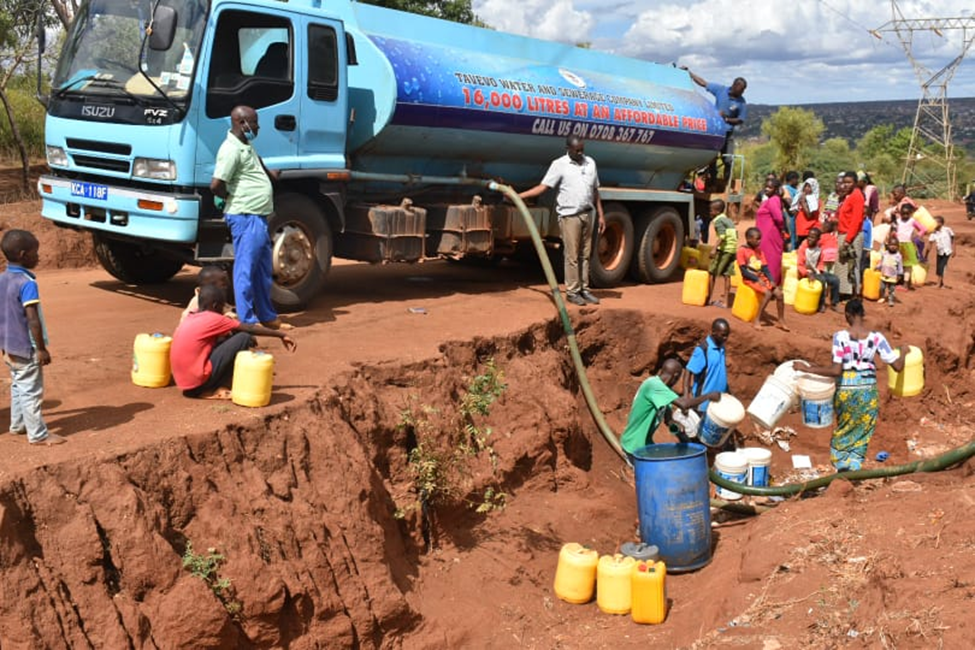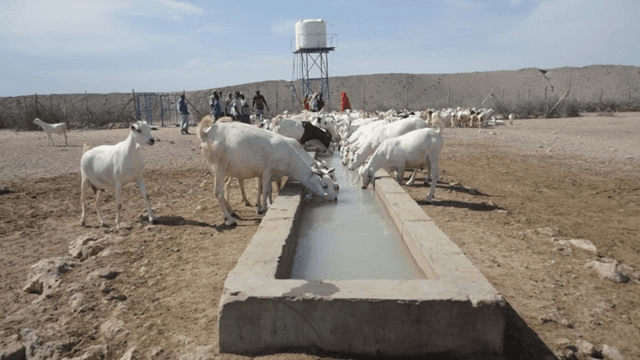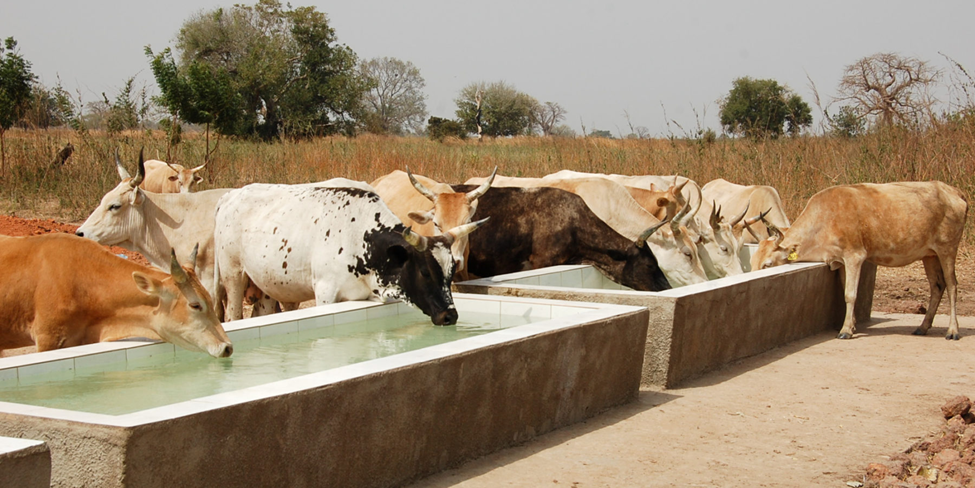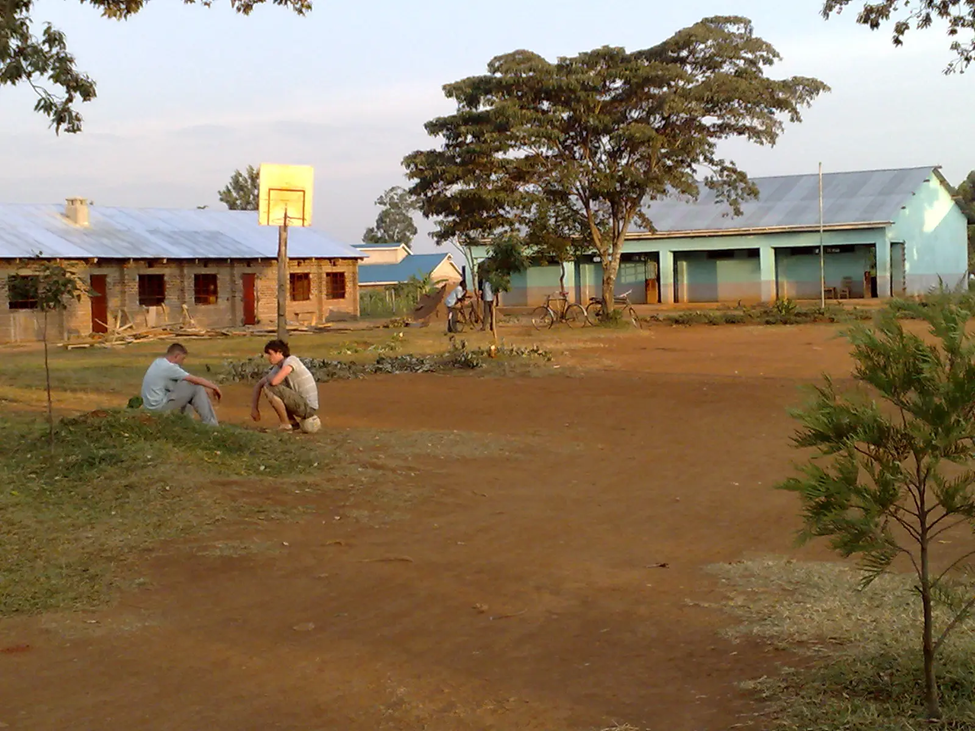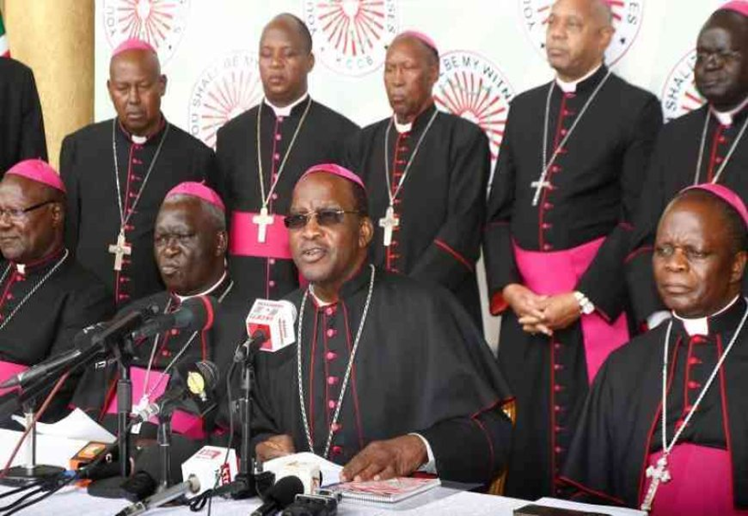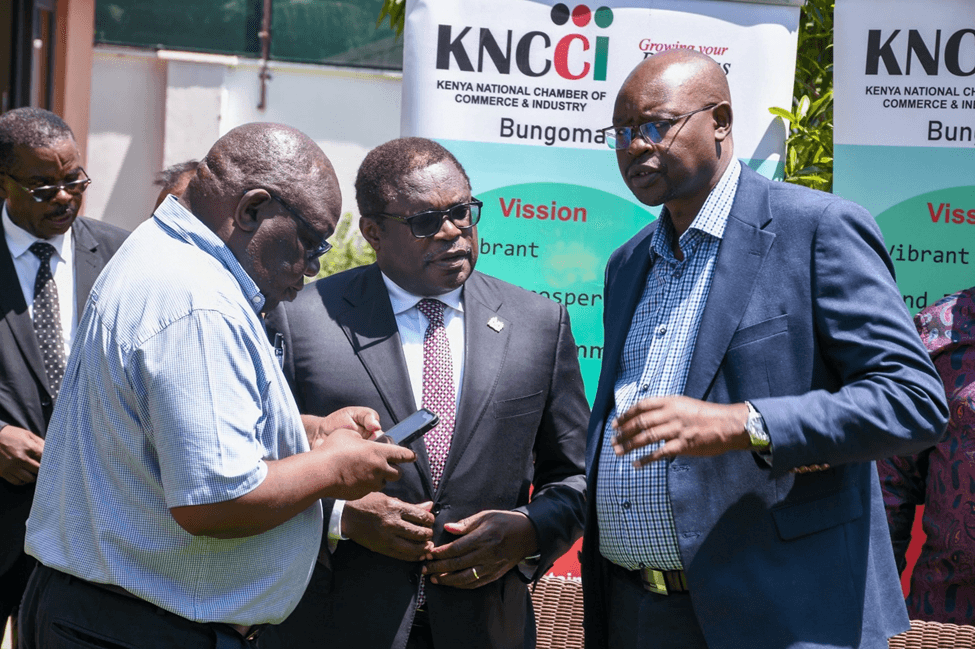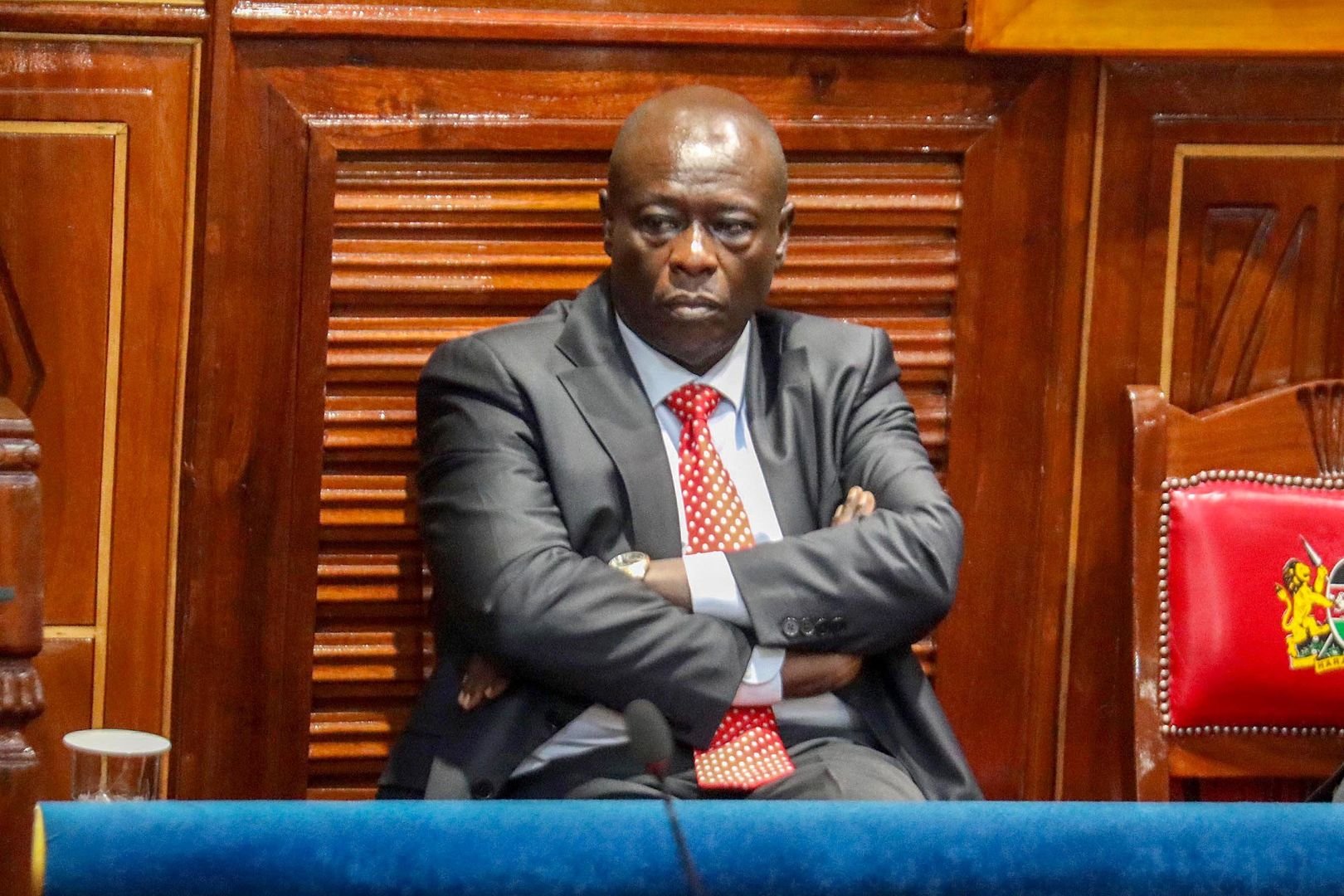Taita Taveta’s Water Distribution Crisis: A Struggle for Equitable Access
Water scarcity has long been a critical issue for Taita Taveta County, located in the arid and semi-arid regions of Kenya. The county’s challenges in securing a reliable and adequate water supply have only intensified in recent years, exacerbated by erratic seasonal rainfall and an increasing population. Amid these challenges, political leaders and local communities are embroiled in a dispute over how water resources should be allocated and managed. The struggle over water distribution is not just a matter of resource allocation; it is a question of fairness, governance, and the sustainable development of one of Kenya’s most water-stressed areas.
This article explores the ongoing tensions in Taita Taveta over water distribution, the factors contributing to the conflict, and the potential solutions being debated by stakeholders. We will also examine the broader implications for water management in Kenya, especially in areas facing similar challenges.
Transforming Northern Kenya: Bold Infrastructure Projects to End Marginalization
For decades, northern and eastern Kenya has remained one of the most marginalized regions of the country, struggling with limited access to essential services, poor infrastructure, and low economic development. However, the Kenyan government has embarked on an ambitious journey to change this narrative through the North and Eastern Development Initiative (NEDI). This initiative aims to address historical inequalities and promote regional economic growth by improving infrastructure, enhancing access to vital services, and creating an enabling environment for business activities.
Vihiga Focuses on Roads & Water Systems: Driving Growth Through Infrastructure
Vihiga County, located in the western region of Kenya, is undertaking significant infrastructure projects with the aim of stimulating economic growth and improving the living standards of its residents. By focusing on roads and water systems, the county leadership hopes to address long-standing challenges and unlock the region’s full development potential. These projects are seen as vital to improving the county’s economic resilience, enhancing public health, and creating opportunities for local communities.
Wajir’s Economic Transformation
Wajir County, located in the northeastern region of Kenya, has embarked on a series of economic development initiatives aimed at driving sustainable growth and enhancing the county’s economic resilience. The focus is on tapping into local resources, particularly livestock farming, while also fostering self-sufficiency through supporting local businesses. These efforts are crucial for reducing the county’s dependency on external aid and for fostering economic independence.
Health Reforms Across Kenya’s Counties
Kenya’s healthcare system has long struggled with challenges such as inadequate infrastructure, shortage of medical staff, and limited resources. These issues have created significant barriers to quality healthcare, particularly in rural and underserved areas. In response to these concerns, county governments across Kenya are spearheading reforms to address these gaps and improve healthcare delivery. This article explores the ongoing health sector reforms in Kenya’s counties, focusing on infrastructure improvements, recruitment of medical staff, and the expansion of primary healthcare services.
Kisii County’s Education & Health Woes: A Call for Urgent Reforms
Kisii County, located in the southwestern region of Kenya, is grappling with significant challenges in its education and healthcare sectors. These two critical areas, which are vital for the well-being and development of the county’s residents, have faced years of underinvestment, leading to poor service delivery. The consequences of these struggles are being felt throughout the community, with local leaders and citizens alike calling for urgent reforms to address the issues and improve service quality. This article explores the challenges Kisii County faces in education and healthcare, the reforms being proposed, and the impact these sectors have on the overall development of the region.
Criticism from Catholic Bishops
Kenya’s Catholic bishops have emerged as vocal critics of the government, raising concerns about governance shortcomings, economic policies, and social injustices. Their critique highlights systemic issues, from unfulfilled campaign promises to rising corruption. This blog examines the bishops’ key grievances, their broader implications, and the reforms they advocate for.
Bungoma’s Leadership Divisions: The Struggle for Political Stability and Development
Bungoma County, situated in western Kenya, has recently been experiencing significant political turmoil. The region’s political landscape is marked by divisions and power struggles among local leaders, resulting in delays in the implementation of development projects. These internal conflicts have hindered progress in essential sectors such as infrastructure, healthcare, and education, all of which are critical to the county’s overall development. Despite these challenges, local leaders are now calling for unity and collaboration across political lines to address the pressing issues facing the county and ensure sustainable growth. This article explores the root causes of political instability in Bungoma, its effects on governance, and the efforts being made to restore political harmony for the betterment of the people.
Kenya Kwanza’s 2027 Strategy
The Kenya Kwanza government, under President William Ruto, has ramped up efforts to fulfill its 2022 campaign promises and strengthen its political base ahead of the 2027 elections. Central to this strategy is a focus on addressing regional disparities and showcasing infrastructure development, particularly in key electoral regions.
Rigathi Gachagua: First Deputy President in Kenya’s History Impeached by Senate
The recent withdrawal of Deputy President Rigathi Gachagua’s security detail has ignited a storm of political debate in Kenya, underscoring shifting dynamics within the government. This development followed Gachagua’s historic impeachment by the Senate, making him the first Deputy President in Kenya’s history to be removed from office.

